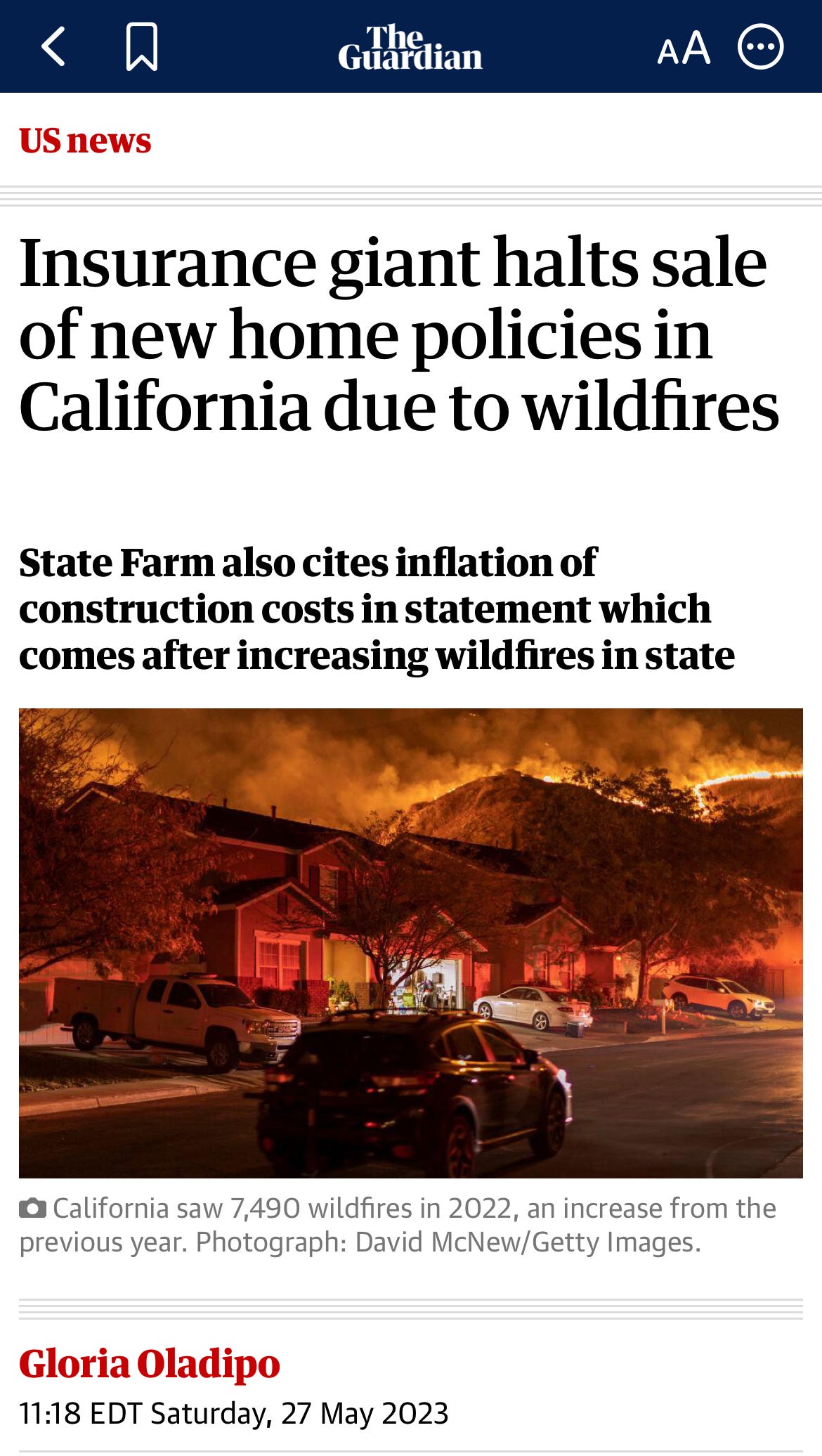Environment and Affordable Housing
Politically-popular calls for affordable housing are stymied by environmentally-friendly policies when these lofty principles are put into practice.
We can build new homes to house the growing population of California, but we must build OUT and not UP. The lop-sided ratio of population to surface area in densely-populated urban centers can be remedied by granting new city charters and planning new communities. Only 6% of California’s 100 million acres are developed for residential/occupational use (while roughly 1/4 is developed for farmland). Even if we doubled to 12% the surface area that is developed for residential occupational use, that would still leave roughly 2/3 of California’s land as wild and untouched.
The current stock of aging homes is not plentiful enough to house all of the people in California, and new legislation from Sacramento would require new builds to be environmentally-friendly (read: expensive) and run exclusively on electricity, which continues to rise in cost. Furthermore, California constantly requests that citizens conserve electricity. All of us can recall mass texts from the state within the last year that asked us to use appliances after 9pm and to limit our air-condition use. Furthermore, we have all heard news reports of our electrical grids buckling under the use of electric vehicles and basic home appliance use. How do the politicians who espouse electrification propose to implement their dreams in an inexpensive, realistic way?
U.S. Bureau of Labor Statistics Figures Show a 57% Increase in Electricity Rates During the Last Five Years
Where will these new homes be built? Suburban sprawl requires remote electrical towers to supply power, and wildfires have resulted not only from downed power lines, but also from human actions (e.g. cigarette butts, campfires, etc). Furthermore, because the firefighting services in these areas are dangerous and costly, insurance companies are refusing to allow homeowners to rebuild in high-risk areas.
The aims of environmentalists and affordable housing advocates are not necessarily congruent.1 Environmentalists are blocking new housing developments because of wildfire risks caused by suburban sprawl.2 Although cities are incentivizing building in wildlife-urban interfaces, insurers are balking at covering houses in these areas34 — State Farm is now refusing to issue new home insurance policies in ALL of California5 — leading the state to pick up that responsibility with the California FAIR plan. As a solution to mitigate the unfair statewide distribution of rebuilding costs from these fire-prone areas, a UC Berkeley think tank has recommended additional property taxes on these new homes.6
Environmentally-friendly new homes with neutral carbon footprints will be expensive to build and purchase. The insurance to cover them will be expensive or even non-existent. The costs of electricity to run the house are increasing steadily. Low-income Californians have little hope of buying these properties. Middle-income Californians may dream about buying them and renting them to lower-income tenants, but the tenant protections and state rent control measures would make the profit incentive razor thin and potentially unjustifiable for middle-income landlords. Profit might be made using economies of scale, but only large corporations (e.g. Blackrock Investments) with generous cash stores would be able to execute this plan rather than middle-income mom-and-pop landlords.
The disconnected policies for environmentalism and affordable housing would ultimately benefit large corporations. They are therefore a false economy.
Talking about electrification is useless without affordable electric sources (e.g. nuclear).
Advocating for rent control destroys mom-and-pop property owners.
Expensive houses plus poorly-profitable rental properties benefit corporations.
Disconnected environmental and housing policies ensure that the majority of California houses are swallowed by hedge funds and Blackrock-like corporations.
https://www.wsj.com/articles/the-fight-to-protect-the-joshua-tree-609bc7e9
https://www.bls.gov/regions/west/news-release/unionmembership_california.htm#:~:text=In%202022%2C%20union%20members%20accounted,of%20Labor%20Statistics%20reported%20today.
https://www.nytimes.com/2019/08/20/climate/fire-insurance-renewal.html
https://calmatters.org/environment/california-wildfires/2020/11/california-homeowners-fire-insurance-dropped-again/
https://www.wsj.com/articles/state-farm-halts-home-insurance-sales-in-california-5748c771
https://www.next10.org/sites/default/files/2021-06/Next10-Rebuilding-Resilient-Final.pdf





